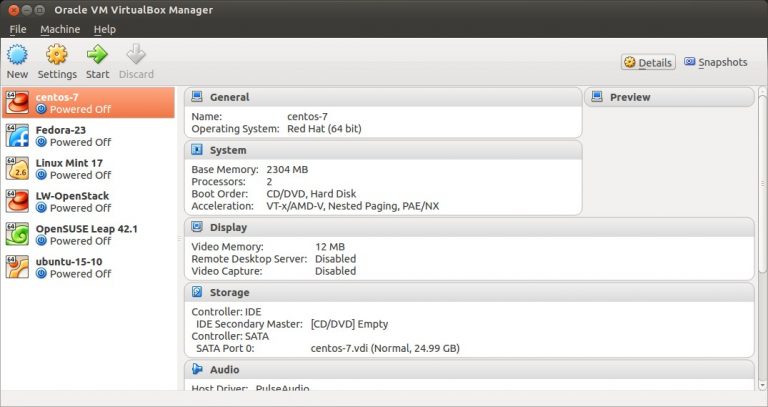


Boot it back and just after pressing the “Start up this guest operating system”, start pressing the Shift key continuously. That’s when I realized I forgot password for the machine! Changing the forgotten or rather lost password was quite simple.Īll I had to do was to shutdown the machine. Something similar happened last week, when I booted into a Ubuntu 16.04 virtual machine to play around with CrossOver linux and Play On Linux, just to see if Microsoft Office 2010 or 2013 do, in-fact, work. Although, I do make a point of storing the password in some form at some place but there’s always a chance of things going wrong.

This also means that there are times when I don’t power on the virtual machine for weeks at all and hence suffer the possibility of losing track of its credentials, including password for its user account. Its always a safe bet to install and run a package in test machine (in this case a Virtual Machine) before pushing in to your actual machine. There are lots of reasons for doing so, checking compatibility, worthiness, dependency requirements, and what not. I have this tendency of playing around with software in virtual machine first before exposing it to my production environment.


 0 kommentar(er)
0 kommentar(er)
